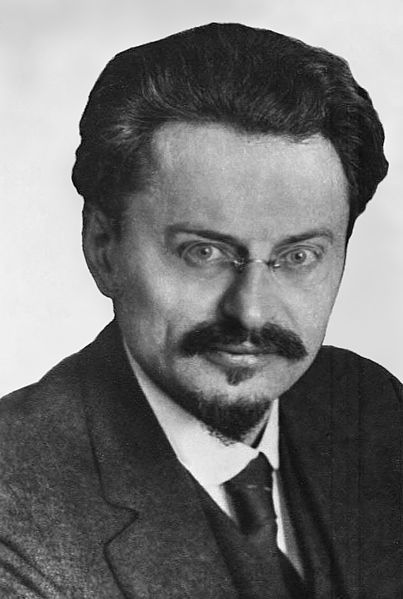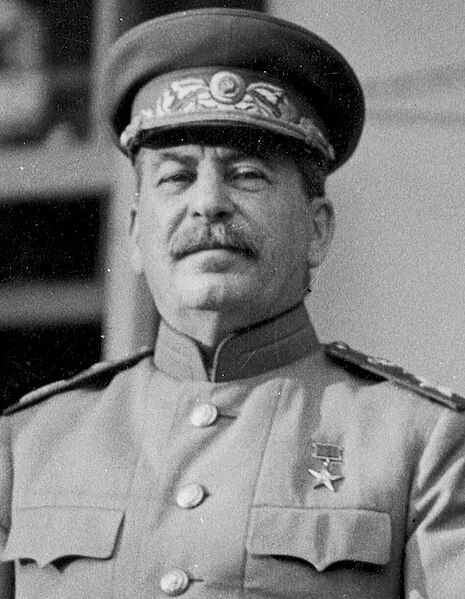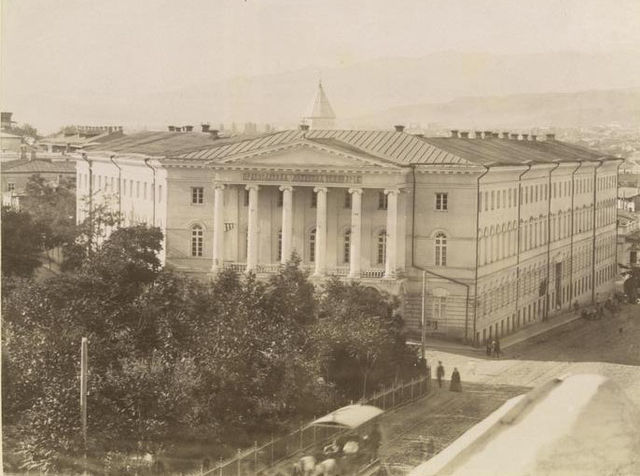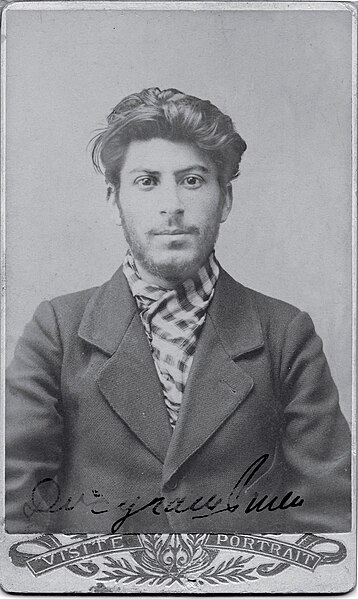Joseph Stalin's rise to power
Joseph Stalin started his career as a radical student, becoming a robber, gangster as well as an influential member and eventually the leader of the Bolshevik faction of the Russian Social Democratic Labour Party. He served as the General Secretary of the Central Committee of the Communist Party of the Soviet Union from 1922 until his death in 1953.
Stalin in custody in 1908
Vladimir Lenin, founder of the Soviet Union and the leader of the Bolshevik party.
Leon Trotsky, founder of the Red Army and a key figure in the October Revolution.
Stalin visiting the ailing Lenin at his dacha in Gorki in 1922.
Joseph Vissarionovich Stalin was a Georgian-born Soviet politician and revolutionary who was the longest-serving leader of the Soviet Union from 1924 until his death in 1953. He held power as General Secretary of the Communist Party from 1922 to 1952, and as Chairman of the Council of Ministers from 1941 until his death. Initially governing the country as part of a collective leadership, Stalin consolidated his power to become a dictator by the 1930s. Ideologically, he formalised his Leninist interpretation of Marxism as Marxism–Leninism, while the political and economic system he implemented is known as Stalinism.
Stalin in 1943
In 1894, Stalin began his studies at the Tiflis Theological Seminary (pictured here in the 1870s).
Police photograph of Stalin, taken in 1902
Stalin first met Vladimir Lenin at a 1905 conference in Tampere, in the Grand Duchy of Finland. Lenin became "Stalin's indispensable mentor".








